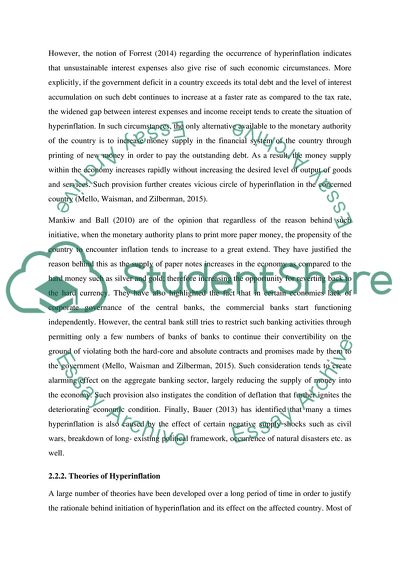Cite this document
(Impact of hyperinflation on investors and ordinary citizens Essay, n.d.)
Impact of hyperinflation on investors and ordinary citizens Essay. https://studentshare.org/finance-accounting/1881530-impact-of-hyperinflation-on-investors-and-ordinary-citizens
Impact of hyperinflation on investors and ordinary citizens Essay. https://studentshare.org/finance-accounting/1881530-impact-of-hyperinflation-on-investors-and-ordinary-citizens
(Impact of Hyperinflation on Investors and Ordinary Citizens Essay)
Impact of Hyperinflation on Investors and Ordinary Citizens Essay. https://studentshare.org/finance-accounting/1881530-impact-of-hyperinflation-on-investors-and-ordinary-citizens.
Impact of Hyperinflation on Investors and Ordinary Citizens Essay. https://studentshare.org/finance-accounting/1881530-impact-of-hyperinflation-on-investors-and-ordinary-citizens.
“Impact of Hyperinflation on Investors and Ordinary Citizens Essay”. https://studentshare.org/finance-accounting/1881530-impact-of-hyperinflation-on-investors-and-ordinary-citizens.


